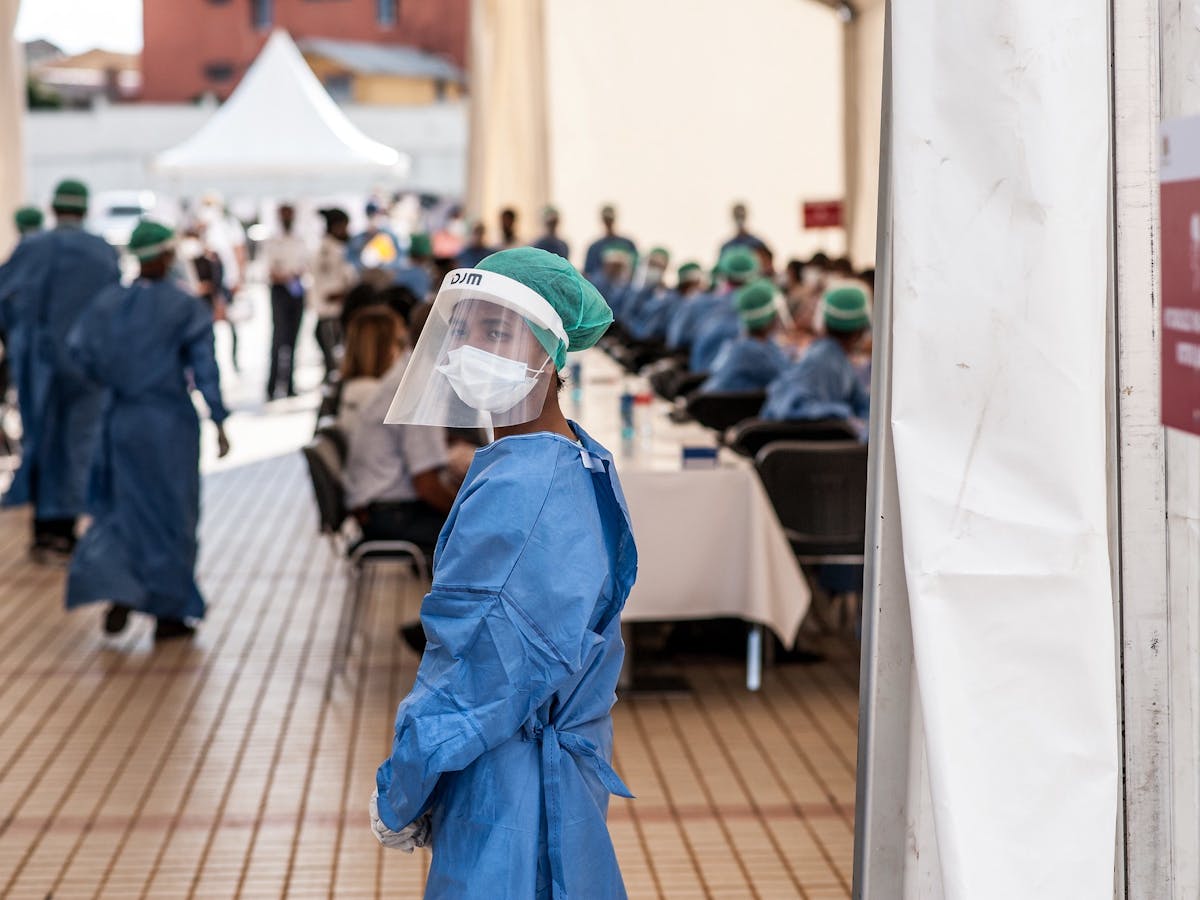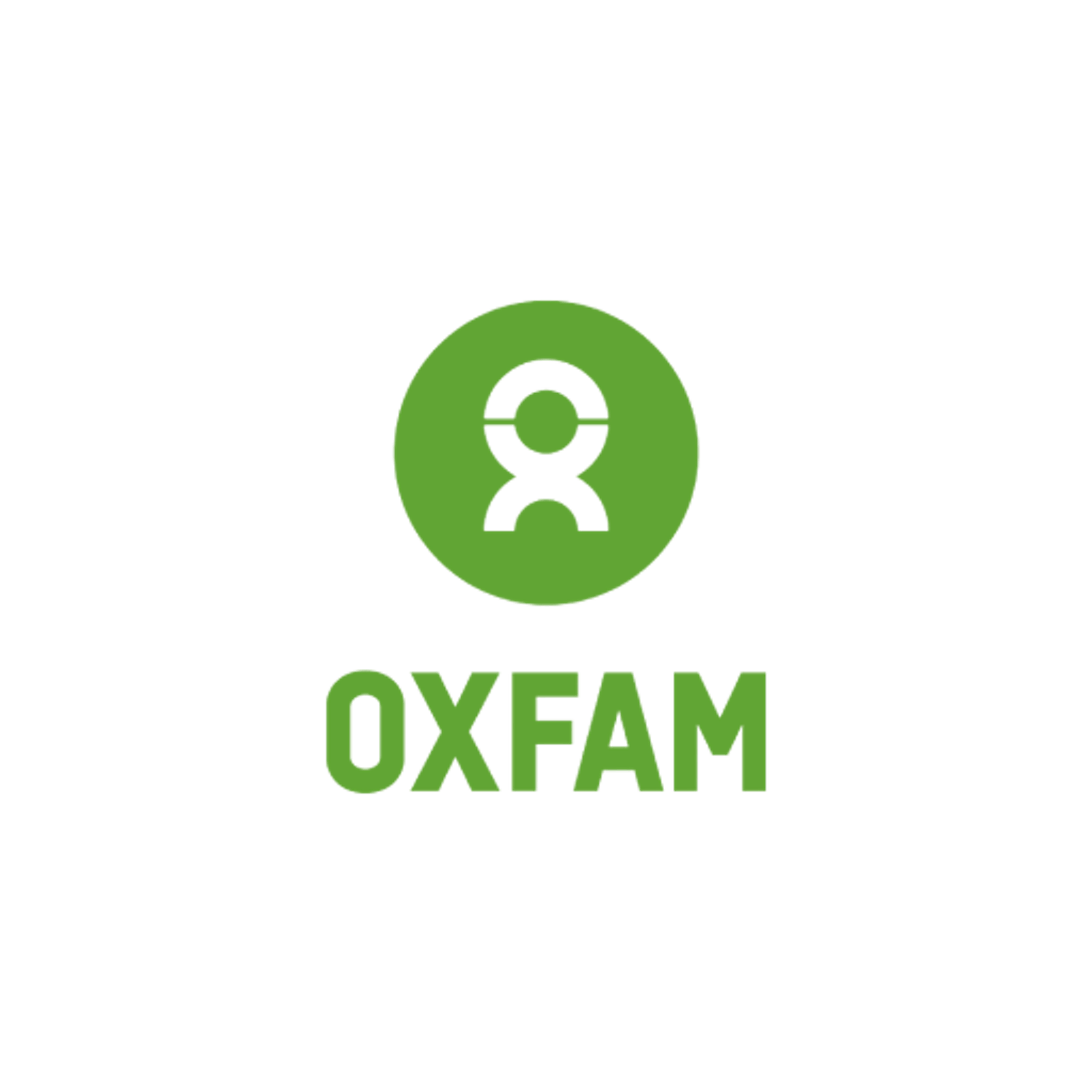Katie Malouf Bous & Anna Marriott
While wealthy nations have been vaccinating their citizens at a rate of one person per second over the last month, the majority of developing countries have been unable to administer even a single dose of a COVID-19 vaccine. Only three percent of people in these countries can hope to be vaccinated by mid-year, and only one fifth at best by the end of 2021.
Global efforts to improve access to vaccines through the World Health Organization’s (WHO) COVAX facility have been welcome but far from enough. Developing countries remain at the back of the vaccine queue and pharmaceutical monopolies mean they are being shut out of the technology that would allow them to expand local manufacturing and produce more doses to scale up vaccination campaigns. This is the reality despite over $100 billion of taxpayers’ money being spent on vaccine research and development (R&D).
This vaccine inequality is a moral stain. It is also a global public health risk — the longer it takes to vaccinate everyone, the more likely it is that vaccine-resistant variants will emerge and delay the world’s efforts to end this pandemic. And the economic impact of vaccine inequality is huge: the International Chamber of Commerce has put the global cost at $9 trillion, with half of this being absorbed by developing countries. The IMF has warned that income losses will be highest in developing nations because of unequal vaccine access.
In this context, the World Bank announced in October an envelope of $12 billion for developing countries to finance the purchase and distribution of COVID-19 vaccines, aiming to support the vaccination of up to a billion people. This support is crucial. However, without addressing global vaccine supply constraints and high prices, weak healthcare systems, and pre-existing health inequalities, this will be an uphill battle. As the Bank’s vaccine projects move forward, we offer five recommendations for how it can support a fairer and quicker global vaccine roll-out including through its own program:
1. Countries should not be pushed further into debt to buy vaccines.
The Bank’s $12 billion program is urgently needed but follows its normal financing terms based on country income. Only the poorest countries at high risk of debt distress qualify for purely grants — otherwise low-income countries will get concessional loans or a mix of grants and loans, and middle-income countries will get market-rate loans. In order to pay for life-saving vaccines, countries are going further into debt at a time when they can least afford it. Stopping COVID-19 is a global public good that poor countries should not have to borrow for. Even before the pandemic 64 countries were spending more on debt repayments than on healthcare. Taking on more debt for vaccines could constrain countries’ ability to invest in their longer-term public healthcare systems to prevent and control future pandemics, and ensure health for all.
The Bank and its donors must urgently find ways to offer more debt-free financing to countries for the vaccine and for health care services. The accelerated IDA20 Replenishment process should be one important and timely vehicle to make commitments that address this pressing problem.
2. The Bank should push for structural solutions to low and unequal vaccine supply.
Our dependence on just a few pharmaceutical corporations who cannot make enough doses for everyone means that, even with the Bank’s financial support, countries are being charged far more than they can afford for far fewer doses than they need. At the price Uganda reportedly paid for their vaccines, Oxfam calculates it would cost more than double the country’s entire healthcare budget to vaccinate everyone. In this context the Bank’s $12 billion will be quickly used up on insufficient numbers of vaccines and with no spare change for roll-out. Moreover, unless supply constraints are tackled, people in developing countries will be waiting years without access.
The Bank should use its global voice and echo calls made by the WHO for urgently needed structural fixes including the waiving of intellectual property rules for COVID-19 vaccines, tests and treatments and the sharing of vaccine technology and know-how via the WHO’s COVID-19 Technology Access Pool (CTAP). Both are needed to unlock existing manufacturing capacity in developing countries and scale up production. The Bank can also play a major role in providing needed finance for more local R&D and manufacturing of vaccines and other medicines in the Global South to meet immediate and future pandemic and everyday essential health needs.
3. Vaccines should be free of charge and prioritized based on need.
At the national level, it is crucial that vaccine allocation plans are transparently published and demonstrate government commitment to ensuring vaccines go first to those who need them most, and not those with the deepest pockets or best connections. And, without exception, vaccines should be provided to people free of charge. These should be two non-negotiable requirements before Bank funding is signed off.
Oxfam’s research on the World Bank’s initial COVID-19 response found that ensuring free access to healthcare during the pandemic has been a major blind spot. We found that very few of the COVID emergency projects were addressing financial barriers to accessing healthcare, such as removing user fees for healthcare services. User fees lead to avoidable deaths, impoverishment and increased disease transmission. Even if it is the Bank’s intention for vaccines to be free, it should clearly and publicly state its expectation that vaccines should be free of charge, including in every project.
4. World Bank funds should be available for any safe and effective vaccine.
The Bank should also urgently get in step with the vaccine regulatory approval requirements used by the WHO and COVAX. As things stand, it has set the bar inexplicably high for which vaccines can be purchased with World Bank money, requiring approval from both the WHO and at least one stringent regulatory authority — all of which are based in rich countries. Developing countries that want — or indeed need — non-Western vaccines that are approved by WHO but are of little interest to rich country regulatory authorities, could be prevented from using Bank funds to buy them.
5. The vaccine roll-out must build up public healthcare systems for the future.
The COVID-19 crisis cannot be considered a short-term emergency. The support low- and middle-income countries receive from the Bank and other donors must go beyond short-term stop-gap measures, and address the underlying causes of weak, underfunded and inequitable healthcare systems, particularly overwhelmed workforces.
Oxfam’s research on the Bank’s initial COVID-19 response also found weaknesses in this area: two-thirds of projects lacked plans to increase the number of healthcare workers, despite huge shortages. In 70 percent of countries supported, the number of nurses per 10,000 people is below the WHO’s minimum recommended level, with 34 countries, like Malawi, not even halfway to meeting it. These healthcare workers will be crucial in a successful vaccine roll-out.
In its new assessment of country readiness for COVID-19 vaccines, the Bank has recognized this challenge, raising a red flag that “few countries are using the opportunity provided by the deployment of vaccines to strengthen healthcare systems and find long-lasting solutions for similar future challenges.” This assessment offers the Bank a clear directive to step up to the challenge and do all it can to support countries to build up their healthcare workforces and create more resilient and fair public health systems.
Photo: World Bank / Henitsoa Rafalia

